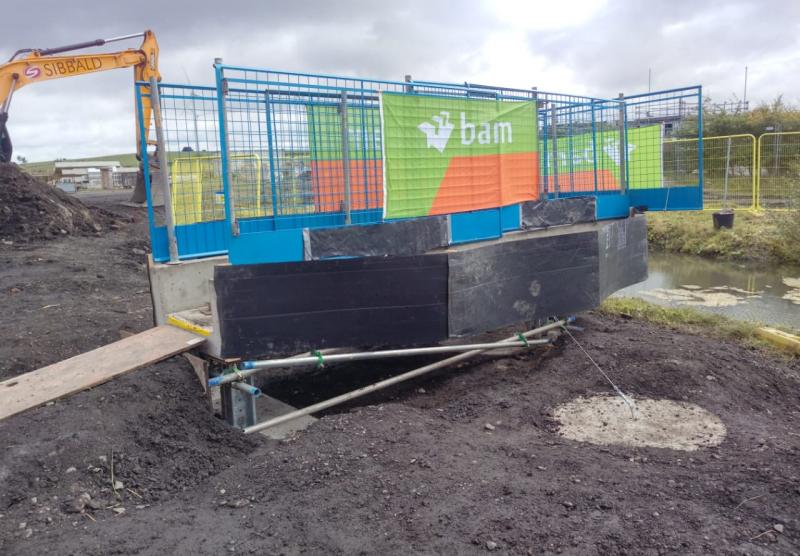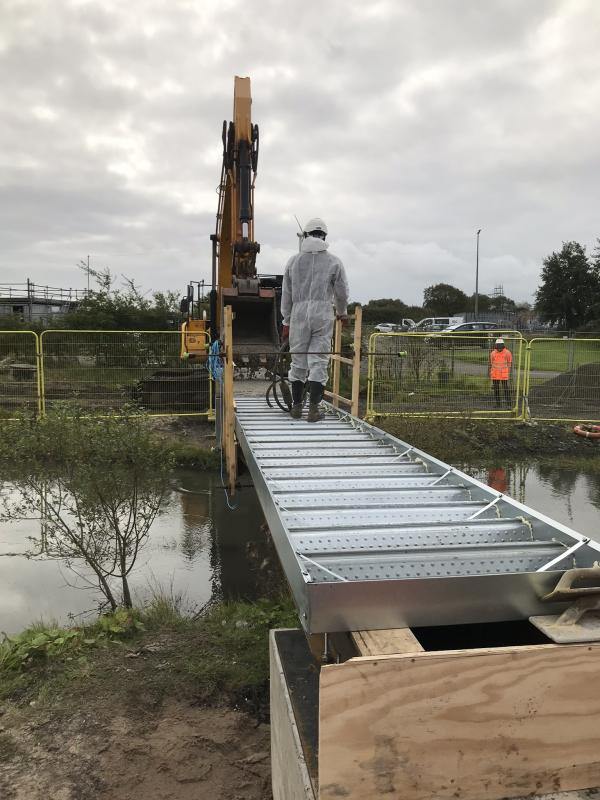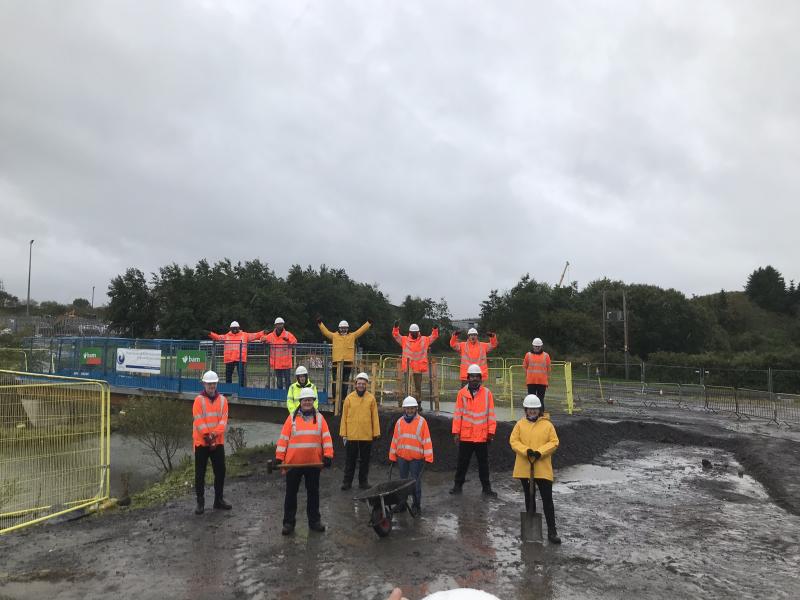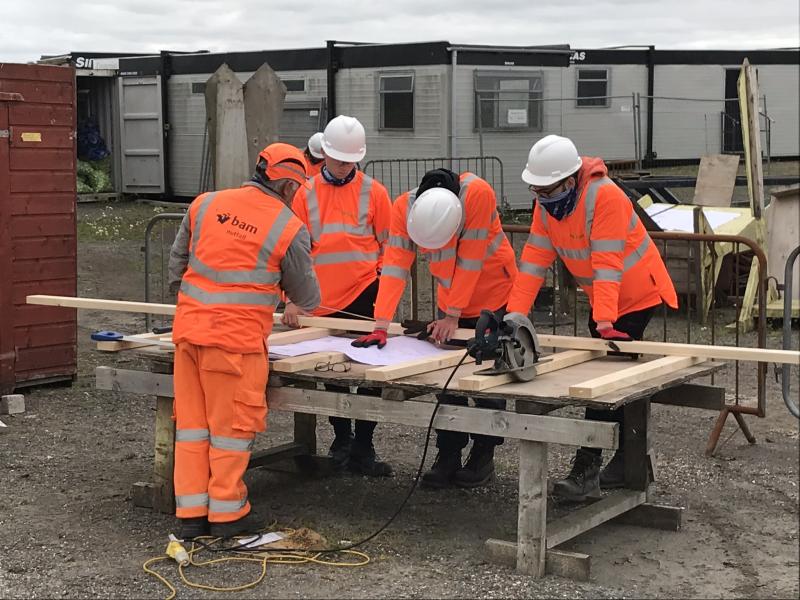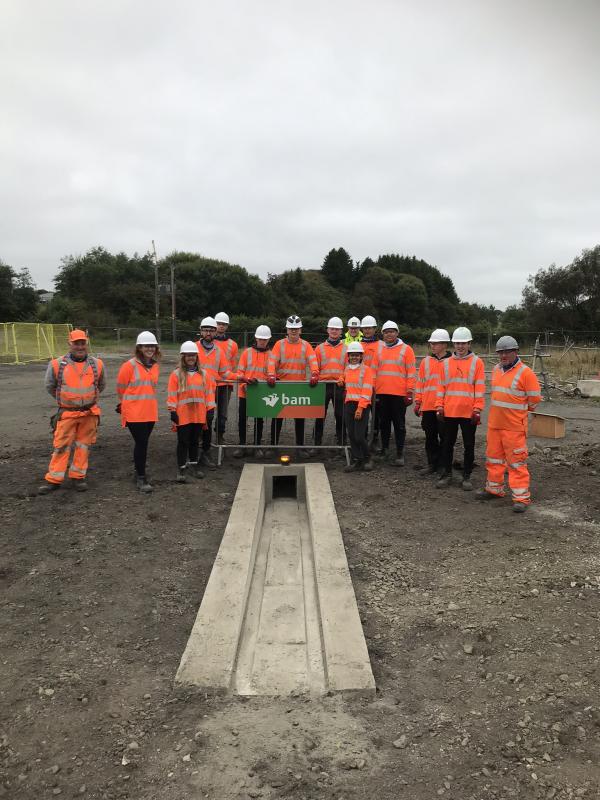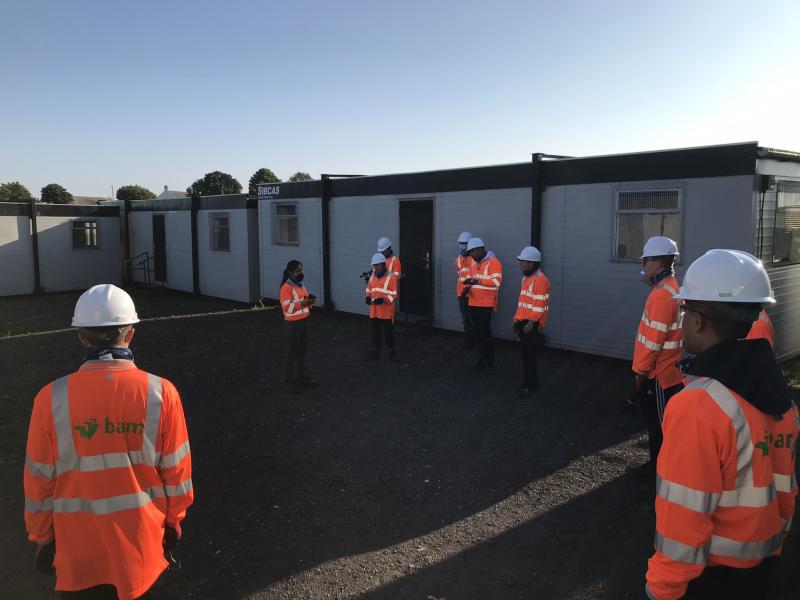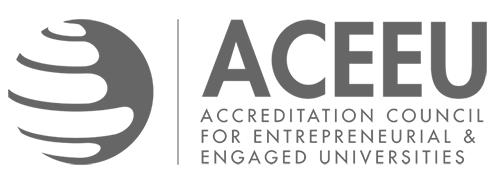This three year project was a solution to a real time problem: offering opportunities for participating masters students to experience a workplace environment when previous opportunities were no longer available due to changes in the legal requirements to work within a foreign country. This project and the solution that it delivered far exceeded any of the collaborating partners expectations. Not only did this project allow the participating masters students to experience a real site activity it allowed them to fully take ownership of a live project and turn their theory into practice as they developed their concept through to finished structure. Throughout the full project collaboration was present between academia and industry and in the third year there was also representation from the Glasgow Local Authority who had responsibility for the Clyde Tunnel, they were interested in the outputs our students had derived. We also had three levels of education, Higher, Further and Secondary School working together during the five day onsite experience. During the eight week program the students not only found their engineering knowledge challenged but their transversal skills, the essence of what makes them more employable upon completion of their Masters. All the participating students have stated in their reflective evaluation that this experience has been “life changing” and the data gathered by NHLStenden University of Applied Science substantiates this as each student’s individual journey was monitored and reviewed. It was the collaboration between, initially University of Strathclyde Engineering and ExpLearn Limited, that brought this project to life and then as other collaborating partners became involved it brought context to the student experience like no other.














